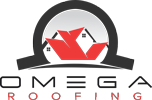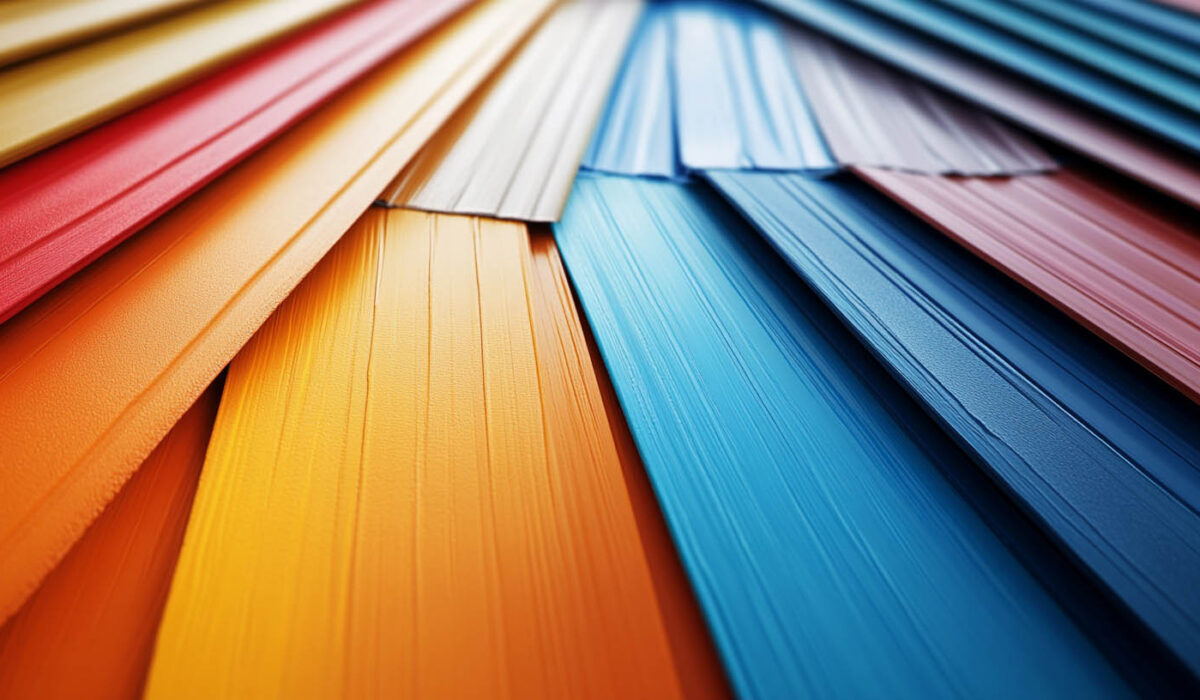Selecting the right roof color is about more than just aesthetics—it plays a significant role in your home’s energy efficiency. The color of your roof can impact temperature regulation, energy consumption, and overall comfort levels inside your home. This guide explores how different roof colors affect energy efficiency, helping you make an informed decision for your next roofing project.
How Roof Color Affects Energy Efficiency
Heat Absorption and Reflection
Roof colors influence heat absorption and reflection, directly affecting your home’s interior temperature. Dark-colored roofs, such as black or dark gray, absorb more heat, causing the upper floors or attic to warm up. In contrast, lighter-colored roofs, like white or light gray, reflect sunlight, keeping the interior cooler.
Seasonal Implications
Dark roofs retain heat longer, which may be beneficial during cold winters but can lead to higher cooling costs in the summer. Conversely, light roofs are ideal for warmer climates as they reflect heat, reducing the need for air conditioning.
Ideal Roof Colors Based on Climate
Warm and Sunny Climates
In regions with high temperatures and intense sunlight, lighter roof colors are the best choice. They reflect sunlight and minimize heat absorption, keeping the house cooler.
- White or Cool Roofs: Exceptional at reflecting heat.
- Light Gray and Beige: Combine reflectivity with a range of design options.
Cold and Snowy Climates
For colder areas, darker roofs can provide advantages by absorbing sunlight and retaining heat, reducing heating costs during winter.
- Black and Dark Gray: Excellent heat retention.
- Brown and Deep Earth Tones: Offer both warmth and aesthetic versatility.
Evaluating Reflectivity Ratings and Eco-Friendly Options
Modern roofing materials often come with energy efficiency ratings, such as reflectivity scores, which measure how well a roof reflects solar energy. A reflectivity rating above 65% indicates a highly efficient roof for heat reduction.
Many roofing materials, like metal and asphalt, are designed with added features like reflective coatings or embedded cool roof technologies, enhancing their energy performance.
Materials and Their Role in Energy Efficiency
Asphalt Shingles
Asphalt shingles are versatile and affordable. When combined with light colors or reflective granules, they become a highly energy-efficient option. Owens Corning shingles with energy-efficient coatings are a prime example.
Metal Roofing
Metal roofs naturally reflect sunlight, and light-colored or coated options provide additional efficiency. They are also durable and eco-friendly.
Tile Roofing
Clay or concrete tiles, available in various colors, are excellent for regulating temperature. Their natural insulation properties make them ideal for both warm and cool climates.
Enhancing Energy Efficiency Beyond Roof Color
To further optimize your roof’s energy performance, consider additional measures:
- Proper Ventilation: Ensures heat is effectively expelled from your attic.
- Insulation: Reduces heat transfer between the roof and living spaces.
- Solar Panels: Capture sunlight for energy, reducing utility costs.
- Green Roofs: Incorporate plants for natural insulation and cooling.
About Omega Roofing, LLC
Omega Roofing, LLC, located in Jackson, TN, stands out as a leader in roofing excellence. As an Atlas Pro-certified contractor, Omega Roofing combines exceptional craftsmanship with a customer-first approach, ensuring your roofing project meets the highest standards of quality and energy efficiency.
FAQs
1. How does roof color affect cooling costs?
Light-colored roofs reflect sunlight, reducing cooling costs by keeping the home’s interior cooler.
2. Are darker roofs bad for warm climates?
While dark roofs absorb heat, they may increase cooling costs in warm climates. Light-colored roofs are a better choice for these regions.
3. Can reflective coatings improve energy efficiency?
Yes, reflective coatings enhance a roof’s ability to reflect sunlight, making even darker roofs more energy-efficient.
4. Do metal roofs come in energy-efficient options?
Metal roofs are naturally reflective, and when combined with light colors or coatings, they are highly energy-efficient.
5. What is a cool roof?
A cool roof is designed with materials and colors that reflect more sunlight and absorb less heat, improving energy efficiency.
Conclusion
Choosing the right roof color is a vital step in optimizing your home’s energy efficiency. By understanding the relationship between roof color, climate, and materials, homeowners can select a roofing option that balances aesthetics with functionality. Whether opting for light, reflective shades in warmer climates or heat-retaining dark tones in cooler regions, a well-chosen roof color can significantly enhance energy savings and comfort.
Read also: Choosing the Best Algae-Resistant Roof Shingles for Long-Lasting Protection

